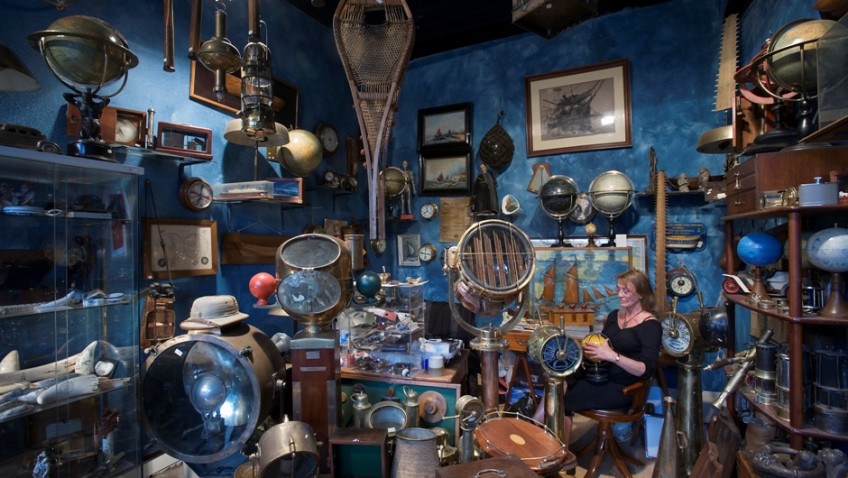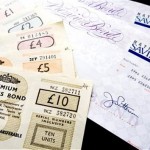Antiques might not be the most conventional way to make money but, provided that you know what to look for, they can provide potentially impressive long-term returns.
We have all seen and enjoyed the plethora of television programmes featuring antiques and collectables, and while these show ordinary people with family heirlooms or car boot finds, there are those who treat this as a genuine business and invest their time and money in this fascinating historical trade.
Poor returns from savings accounts in recent years have prompted many people to consider alternative investments such as antiques, art and jewellery, but there are plenty of risks involved – not least that returns are far from guaranteed.
Experts advise caution as antiques investments are unregulated, which means there is no compensation scheme if it all goes wrong. Fashions in this market change, so you might not be able to sell when you want at the price you want, and transaction costs can be steep.
If you are looking to invest should take expert advice. Remember, these assets don’t produce any earnings or income therefore price movements are based solely on demand and supply. This means there can be some big upward and downward price swings if certain types of antiques come in or out of favour.
We have a few tips of you are considering this alternative way of investing:
Buy from established dealer. If you want to be certain that any antiques you buy are the “real deal”, buy from a dealer and check to see if they are a member of one of the two top UK trade associations, either the British Antique Dealers’ Association (Bada) or the Association of Art & Antiques Dealers (Lapada).
Invest only in things you like. You should invest only in antiques that you are happy to have in your home for years to come. Although you will no doubt have some interest in the financial value of your collection, this should be seen only as a bonus. Just like any market, fashions and tastes change over time.
Look for original untouched furniture. Furniture that hasn’t been restored, preferably with provenance, is likely to be among the best investments. Look for small, useful pieces such as Georgian and Regency desks or chests of drawers in early walnut of good colour and patina. These should be seen as a 10-year investment.
Choose pre-war pieces if buying glass. If you are buying glass for investment look out for pre-war Lalique as this means it will have been designed by Rene Lalique himself. Be careful of signs of over-polishing or damage as this can affect value. Also look out for eighteenth century English glass and large Art Deco sculptural pieces.
Stick with big name jewellery designers. Dealers advise going for signed pieces by major designers such as Cartier, Tiffany or Van Cleef & Arpels if you can afford it. Try and spot the next big thing: natural pearls increased dramatically five years ago and now Mediterranean coral is starting to go up.
Look for rare items. Rare items are usually the most valuable, so invest in antiques that are unusual: Look for the quirky and individual, something that will be noticed, such as animals, an unusual shape or real craftsmanship.
Beware of fakes. If you suspect something is a fake, resist the temptation to buy until you can get confirmation that the piece is authentic. Get an expert to cast their eye over your prospective purchase if you can, and anyone checking jewellery must have an eye loop to be able to see closely.
Watch out for signs of restoration. Restorers use clever techniques to repair antiques, which can easily go unnoticed by the untrained eye. With furniture there are some simple giveaways to look for, such as obvious use of machinery or tools not available when the piece was made – bandsaw blade marks, for example. Look out for original colour and patina as French polish and waxed finishes can hide restoration
Remember to factor in auction costs. If you buy antiques at an auction house, you will need to pay a “buyer’s premium” on top of the cost of the item you’ve bought and don’t forget you must also pay VAT on anything paid to the auction house.
Insure your collection. You will need to insure any antiques you buy, but premiums needn’t be expensive if you have only a few items. Many standard contents policies will require items to be specified if they are worth more than a defined amount, such as £1,000. Ensure you keep an up-to-date valuation of the items insured And take photographs. For particularly high-value items, insurers may require evidence of a valuation before they will offer cover in the first place.
And don’t forget to invest in things that bring you joy and pleasure today’s purchase may become tomorrow’s high value collectable.




